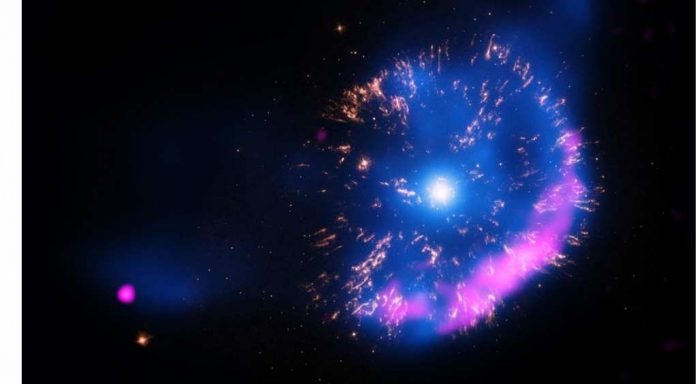
A lot of bad things that can happen to humanity originate in space.
Let’s hope this generational event goes off without a hitch.
And NASA just warned everyone about a once-in-a-lifetime interstellar explosion that you don’t want to miss this summer.
We would be lost without the stars
Since before the founding of civilization, man has been gazing at the stars in amazement.
It goes without questioning that the stars have changed our society.
If you are a Christian, you know that God introduced his son into the world by putting the star of Bethlehem in the sky so that the wisemen could visit and pay tribute to Jesus Christ.
The ancient Greeks used their keen ability to understand the stars in order to defeat the Persians in key battles like the Battle of Salamis.
Needless to say, the stars have played a big role in developing society as we know it today.
But everything hasn’t been good about the stars.
Just ask the dinosaurs, who allegedly watched a falling star right before they became extinct.
We all know about the risks of threats that can come from space.
All of us have thought a time or two about what would happen to our lives if an asteroid decided to make its presence known to the world.
Scenes from movies like Armageddon and Deep Impact live rent free in our heads.
And preppers lose sleep over what would happen if a massive energy wave from the sun hit our power grid.
It wouldn’t end well.
But the odds of these things happening during our lifetime is drastically small.
And NASA just warned us all of a once-in-a-lifetime interstellar event that may happen this summer.
Star explosion this summer?
NASA predicts the highly anticipated star explosion of T Coronae Borealis, or the “Blaze Star,” to take place this summer.
The Blaze Star is nearly 3,000 light years away.
Dr. Rebekah Hounsell, a research scientist at NASA’s Goddard Space Flight Center, told the press that “it’s incredibly exciting to have this front-row seat.”
The explosion of the Blaze Star is a recurring event that generally takes place every 80 years.
But this event is still one you don’t want to miss.
As Dr. Hounsell pointed out, “there are a few recurrent novae with very short cycles, but typically, we don’t often see a repeated outburst in a human lifetime, and rarely one so relatively close to our own system.”
🌌BLAZE STAR SET TO DAZZLE: RARE NOVA TO LIGHT UP THE NIGHT SKY
Astronomers are on the edge of their seats in anticipation of a rare nova event, expected to occur between now and September.
This celestial phenomenon will cause T Coronae Borealis (T CrB), also known as the… pic.twitter.com/2YQVsim5pT
— Mario Nawfal (@MarioNawfal) June 13, 2024
This event should be visible to the naked eye for about a week whenever it takes place.
If you see a flash of light in the sky, know that it is just a star exploding 3,000 light years away from the Earth.
Patriot Political will keep you up-to-date on any developments to this ongoing story.















